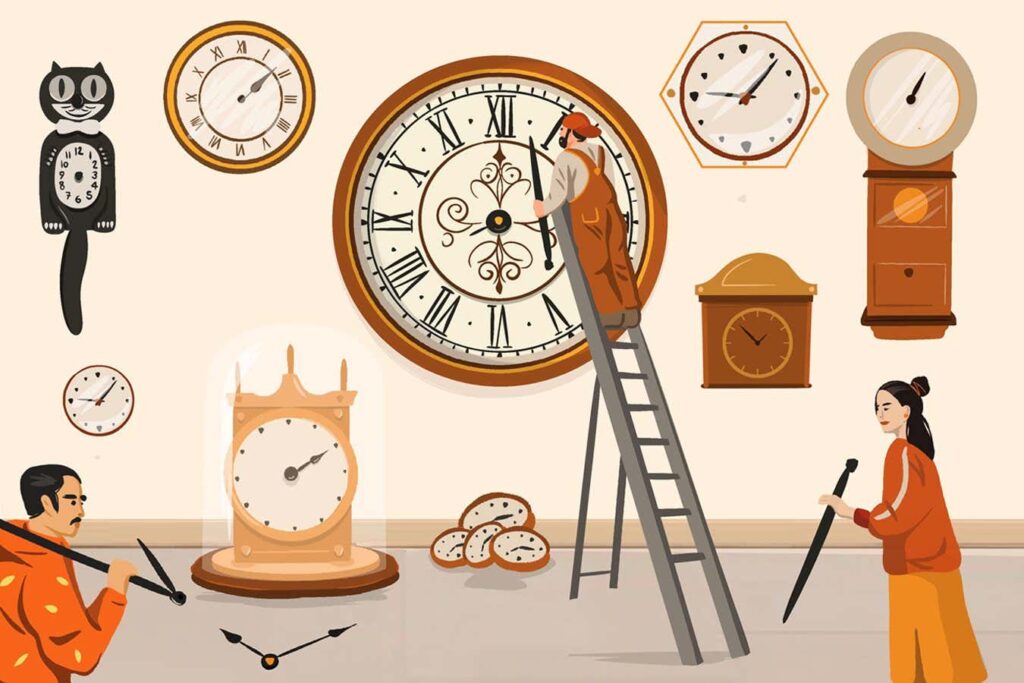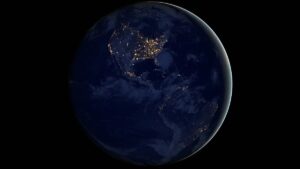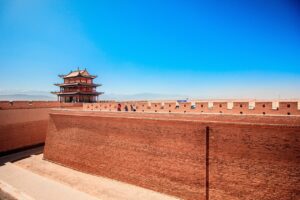The epic quest to redefine the second utilizing the world’s finest clocks


On a big desk draped with tons of of cables, a maze of mirrors and lenses bounces and guides a skinny beam of laser gentle. It culminates at a silvery capsule, which holds 40,000 strontium atoms cooled to inside a whisker of absolute zero. This delicate edifice is an optical clock, one of many world’s most correct timepieces.
Devices like this aren’t precisely designed to be transportable – which makes it greater than somewhat shocking that the operators of 1 such gadget on the German nationwide metrology institute packed it right into a trailer and despatched it hurtling down a motorway. It was the beginning of a deadly journey: a foul jolt may disrupt the beat of its exact ticks. But it surely was mandatory.
That was as a result of, in 2022, scientists globally agreed that we should always begin work on redefining the second based mostly on our newest and best timekeeping know-how: optical clocks. Nevertheless, this meant bringing collectively a number of of the world’s finest specimens for comparability.
Doing so proved an enormous problem, however it’s going to absolutely be well worth the hassle. A brand new definition of the second will likely be profoundly consequential for practically each different measurement that scientists use to explain nature, from speeds to plenty and extra. Our efforts to outline it extra exactly, then, will ripple out throughout our total view of the world. “This was the primary world comparability…







